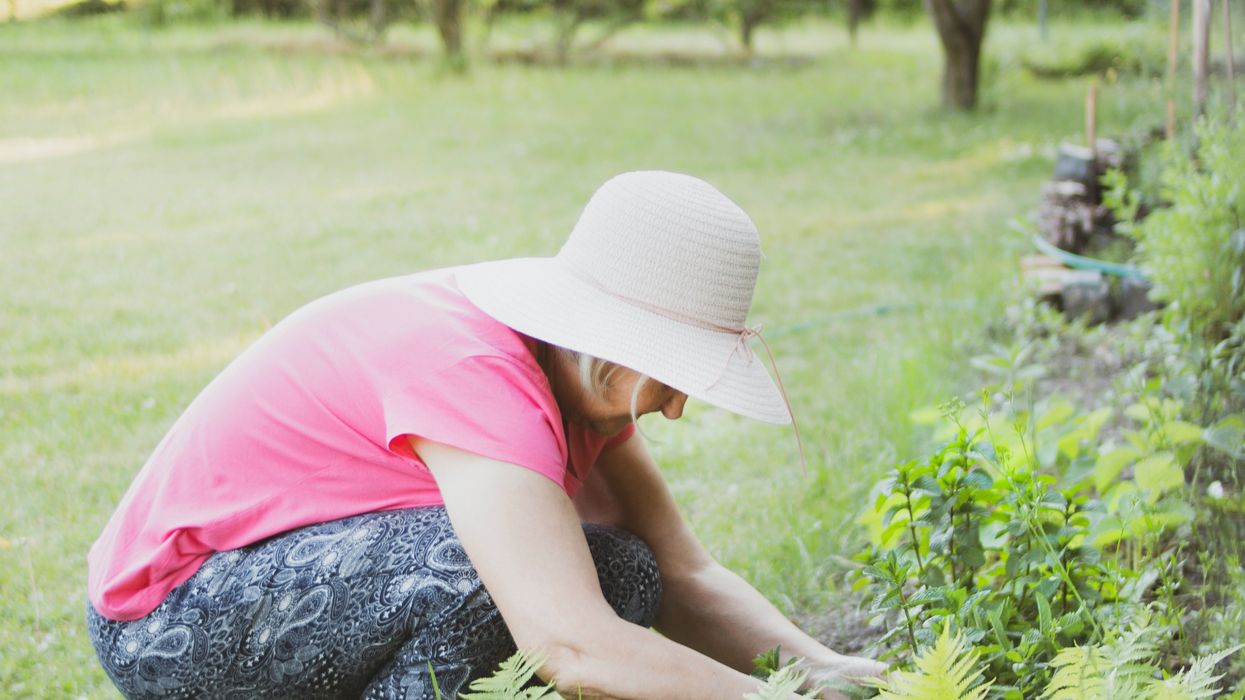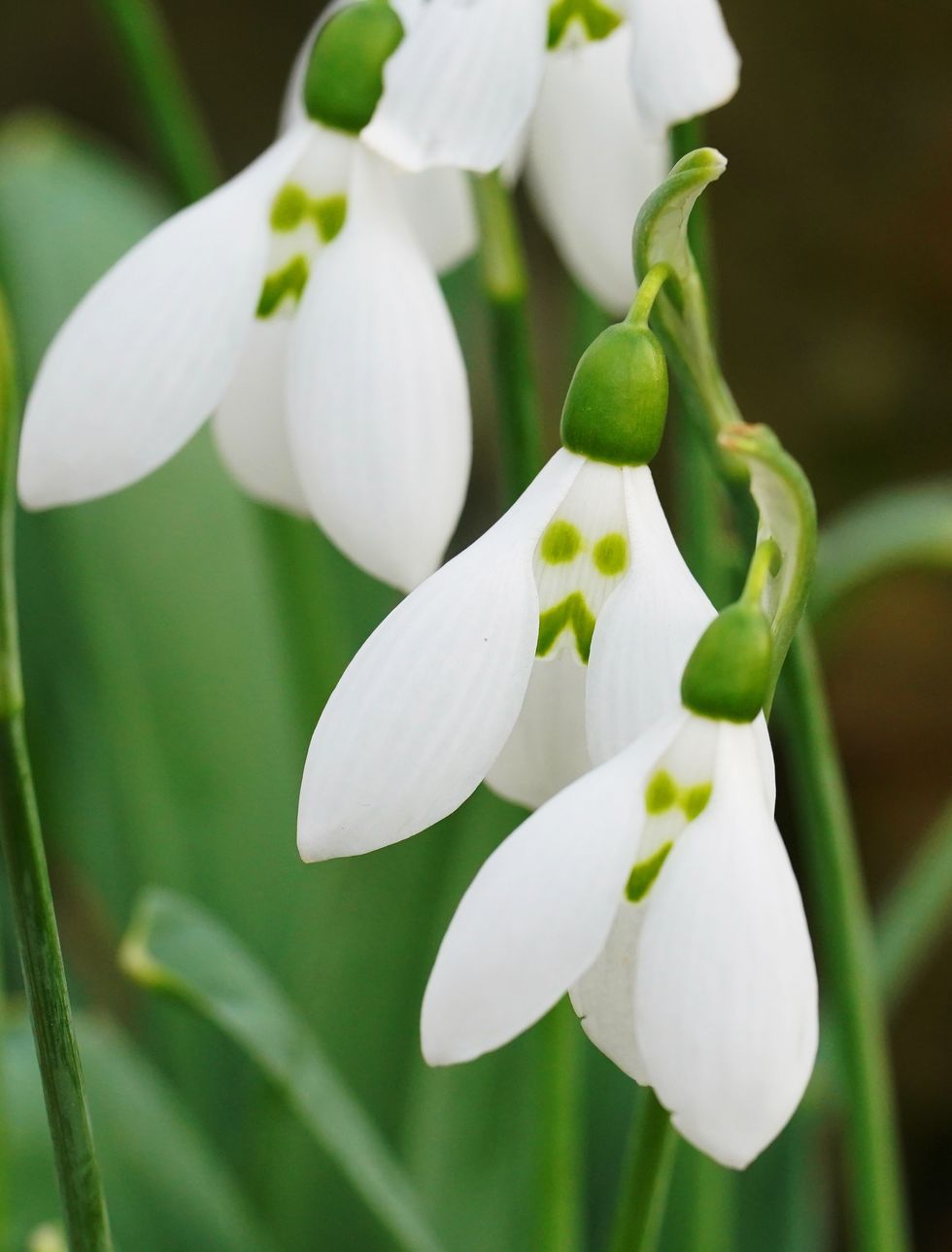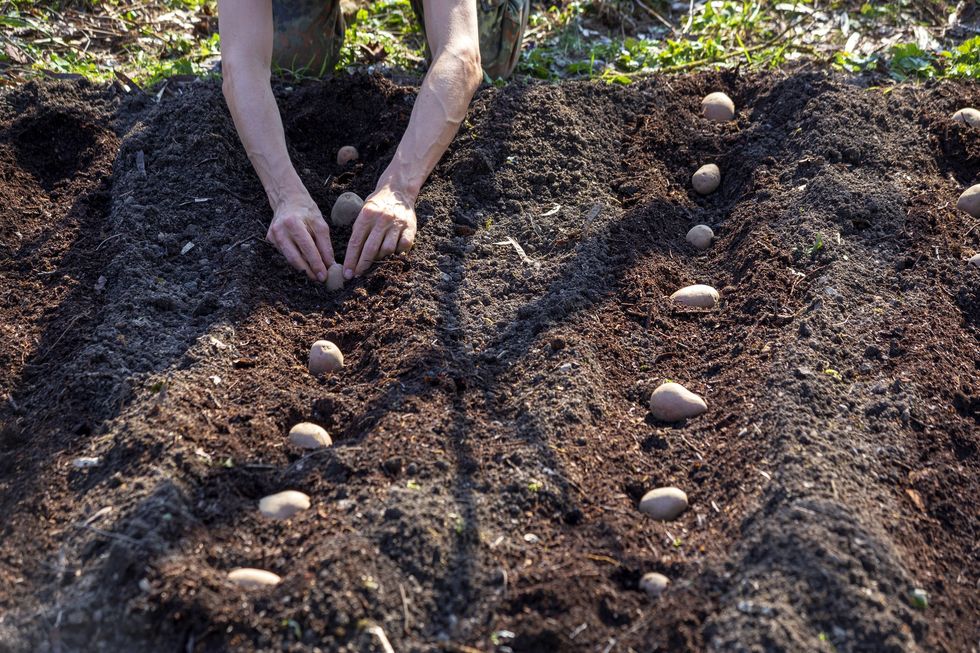
There are some jobs worth doing now
PEXELS
Picking out plants to create colour and vibrancy in a garden can bring it to life
Don't Miss
Most Read
Trending on GB News
As winter's grip begins to loosen, experts have shared essential tips for preparing gardens for spring and summer.
Garden designer Gary Newell and expert gardener Sarah Raven have outlined key tasks for the pre-spring period. Sarah said: "February is a moment of promise in the gardening calendar as the soil begins to warm and the days lengthen."
People should add plants to their garden to brighten it up. One plant recommended is snowdrops.
Sarah said: "It's common to lose a few snowdrops during the first year, so consider it a long-term investment for the following year. For the best results, divide and replant clumps when they're in the green, just after flowering and before the leaves yellow."

The expert recommended planting snowdrops
PABare root roses are another option such as Rosa 'Alchymist' and Rosa 'Timeless Purple.' The best way to grow these is by soaking the roots for a couple of hours before planting.
Sarah said: "To give them the best start, dip the wet roots into mycorrhizal fungi. Mycorrhizal fungi acts as a secondary root system, providing the roses with another source of nutrients so they establish quicker.
"By planting densely and thoughtfully, you create a space that looks beautiful [and] works in harmony with nature."
The experts recommended naturalistic planting which focuses on creating ecological gardens that work with nature.
Gary said: "With the ever-increasing focus on sustainability, this year is a great chance to embrace a biodiverse gardening style that is equally stunning as it is ecologically rewarding.
"The idea is simple, match the right plants to the right areas of your space to create self-sustaining plant communities where everything works with one another, as nature intended."
He advised selecting plants with similar needs regarding aspect and soil type. Plants which are full of colour and texture include the Lupinus 'Masterpiece', Salvia nemorosa 'Amethyst', and Digitalis Purpurea 'Sutton's Apricot'.
The plants are excellent for base layers of gardens and if planted correctly, will require less watering, feeding and weeding.
LATEST DEVELOPMENTS

'Plant potatoes in plenty of rich, composted soil'
GETTY
For kitchen gardens, an excellent starting point is strawberries. Gary explained: "Soak the strawberries bare roots in water before planting, surrounding them with straw for soil protection and to prevent rotting."
Cover the plants with netting to protect them from birds and mice. For potatoes, the middle of March is the optimal time to start growing.
Gary said: "Plant potatoes in plenty of rich, composted soil, and as the shoots begin to appear, draw the earth from between the rows to cover them.
"This protects the potatoes from frost damage and encourages a better harvest."







